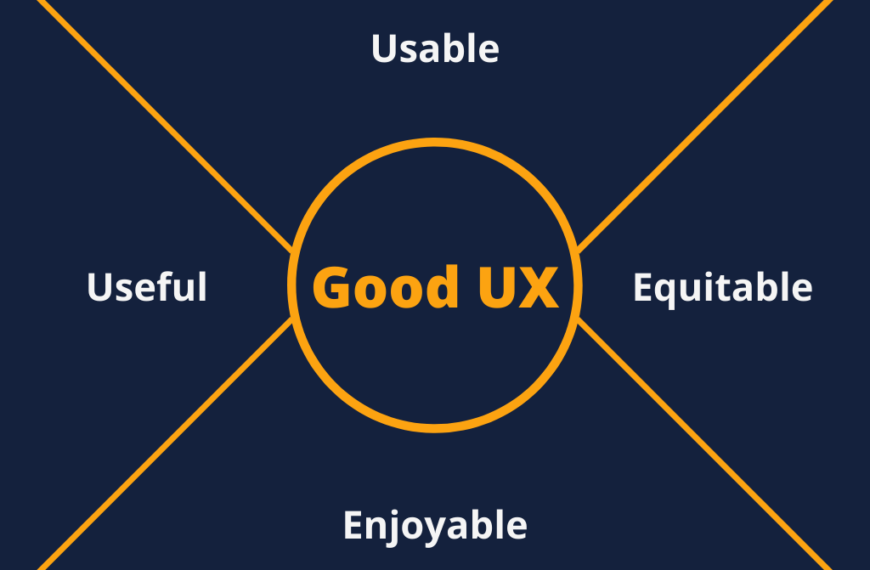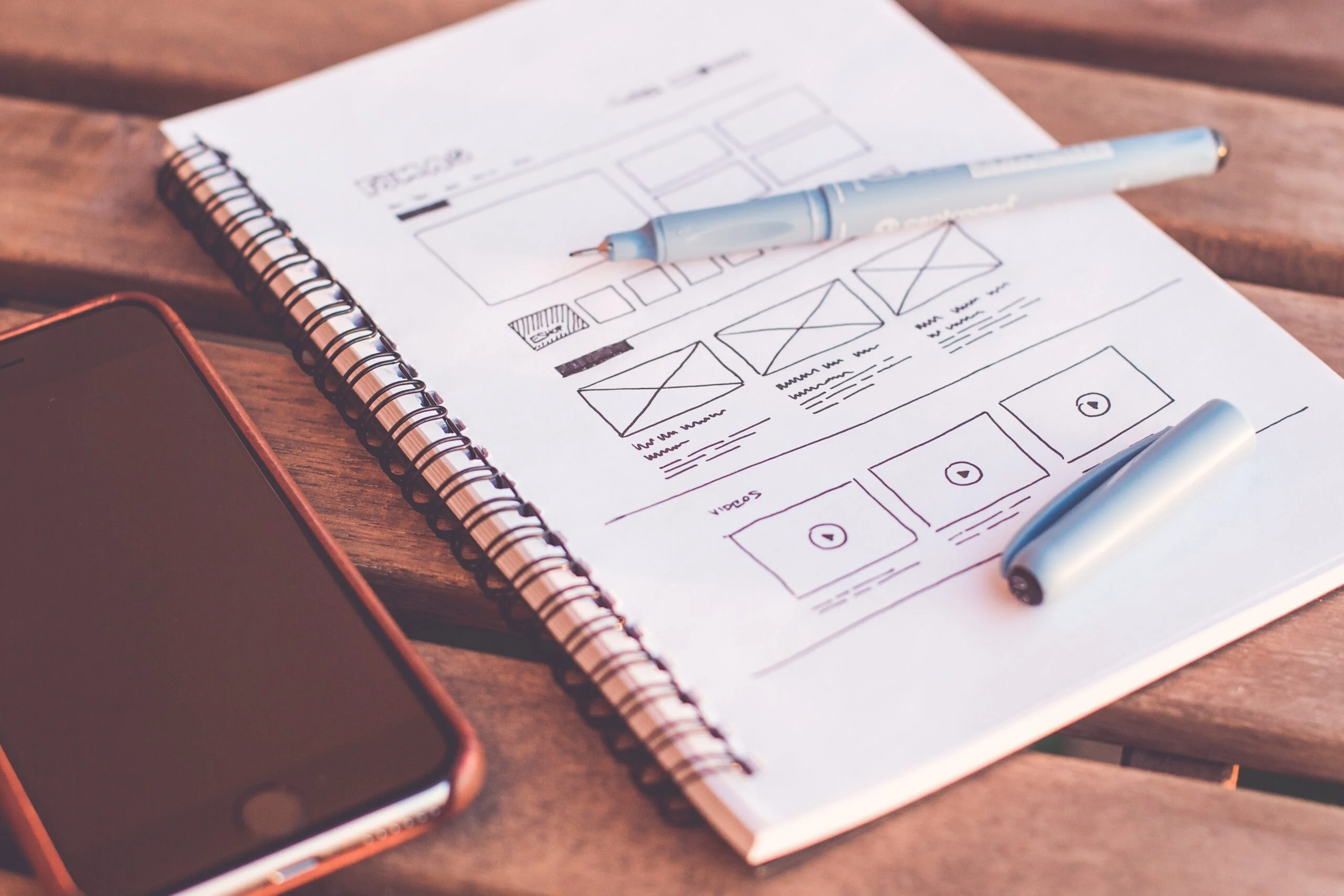The design and product community acknowledges that the ‘not-so-secret’ secret to creating an excellent human-centred design is conducting well-planned user experience (UX) research. UX research helps the product team gain a unique perspective about their users – what they do, how and why they do it. The goal of user research is to guide the product team to build seamless design solutions while letting go of their biases.
To learn more about the ‘what’ and ‘when’ of UX research, check out the following:
In this blog, we will talk about how does one do user research:
What is the Research Learning Spiral?
The Research Learning Spiral, first created by Erin Sanders at Frog, is a five-step process for conducting user research. The spiral is designed to be easily replicated and can fit into any part of the design process. It is a great tool to help fill knowledge gaps and usher the product team in the right direction of their design journey.
What are the 5 steps of the UX research process?
The first three steps of the Research Learning Spiral are primarily about forming questions that you need to be answered and stating any assumptions of the product team:
- Objectives: What do we need to find to fill the knowledge gaps?
- Hypotheses: What do we already know, understand or assume about the users?
- Methods: Which method should be selected to fill the knowledge gaps?
The last two steps are about gathering the required information through the selected research methods:
- Conduct: Gather information through the chosen method of research.
- Synthesis: Answer the questions, prove/disprove the team’s assumptions and hypotheses, and explore more opportunities.
Now, let’s take a closer look at each of the five steps of UX research. But first, consider this scenario: Your team is tasked to revamp an e-commerce website for a young-adult clothing store struggling with low conversion rates despite having a good page rank and hundreds of daily visits. The client and some users have flagged some potential causes, such as the complex checkout process. However, your team needs to research and validate these and some other assumptions before the redesign begins.
1. Objectives
While it might be tempting for the product team to jump into doing the research, it is essential first to take a step back and establish things you already know and understand the problem you want to test. To successfully identify the knowledge gaps, try to answer the following questions with your team:
- Who is our target audience for this research?
- What do we think we know about the problem?
- What don’t we know about the problem?
- What do we hope to learn and achieve?
Coming back to our example case study, we can probably state the following research objectives:
- Audience: As the website primarily caters to young adults, our target audience for this research is between 18-25yrs, who frequently shop for their clothes online.
- Research problem: Understand how people experience the store website.
- Research objectives:
- To understand the end-to-end process of how participants currently use the website to shop for clothes.
- To identify any problems or barriers they encounter when trying to buy clothes from the website.
- To discover improvement opportunities for the website.
2. Hypotheses
Simply put, a hypothesis is an assumption that can be tested. An excellent way to start writing your hypotheses is to think about the presumed outcome of your research and to try, and frame answers for the objectives stated in the previous step. You can structure a hypothesis in the following manner:
“We believe [doing this] will lead to [this outcome].”
A reasonable hypothesis needs to be testable, and as a UX researcher, your goal should be to refute your hypotheses and not validate them. If your hypotheses are not disproved, there is a high chance that they are true. The ‘outcome’ in your hypothesis should be quantifiable so it can be tested easily.
Let’s consider our example case study and make the following assumptions and hypotheses:
- Assumptions: Based on the team’s initial assessment, we think the problem with the low conversion rates might be due to the following issues:
- Product information (fit, material etc.) are not evident to the customer.
- The ‘out-of-stock’ message only appears during checkout and not before customers put the item in their carts.
- The checkout process is very lengthy.
- Hypotheses:
- We believe adding more product information like fit and material for customers will achieve more sales.
- We believe adding a ‘sold-out’ badge to out-of-stock items will reduce the number of abandoned orders.
- We believe asking for fewer personal details at checkout will lead to more completed transactions.
3. Methods
Once the team has defined the research objectives and hypotheses, it is time to consider which research methods would be optimum to solve the problem at hand. Research methods are broadly categorised into learning (generative/strategic research) and testing (evaluative/tactical research).
- Discovery and concept exploration (learning)
- Methods include surveys, observational and conversational interviews, desk research, and market and trend exploration.
- These methods are used when you are trying to understand your user base.
- Conversational interviews around workflow and user pain points help understand whether the users are facing the problems the team is hypothesising.
- Idea generation (learning)
- Methods include paper prototyping, diary studies, and card sorting.
- Generating potential design solutions collaboratively with the research participants can help determine which content, functionality or features best suit the user’s needs.
- Early feedback on the design hypotheses helps open up new design and solution possibilities.
- Design evaluation (testing)
- Methods include prototyping, usability testing, and heuristic evaluations.
- Once the team has determined the functionality and features suitable for the users, it is time to present them in a useful and enjoyable way.
- Design evaluation techniques help discover whether the team has designed the right thing for the user and if the user can easily understand the presented solution.
- User feedback is critical at this stage, as it enables the team to improve the designs to meet user needs better.
We can use a combination of research methods for our example case study. A screening survey is an excellent way to ensure that the team targets the correct user group. Screeners also help in selecting potential participants for the interviews. Once the team finalises the participants, it can prepare for user interviews. User interviews are great for understanding how users experience the website and approach the task, in our case, ordering clothes from the store website. Observing and conversing with participants can highlight user pain points and needs. This can be followed by paper prototyping sessions later in the design process.
Before proceeding to the next spiral stage, the team must formulate a comprehensive research plan.
4. Conduct
Once the research plan is finalised, it is a good time to gather some research questions for the chosen research methodology. It is good practice to develop an interview script or a discussion guide prior to conducting user interviews and to test draft versions with a sample participant (friend or colleague) to ensure the test materials and script make sense to someone unfamiliar with the project, and the questions are posed in a non-leading way.
During the research calls, it is best to try and disprove the team’s hypotheses while exploring the user’s needs and pain points around the respective problem. It is essential to capture any valuable insights during the research sessions in the forms of notes, photos, videos, and other materials to analyse at a later stage. If possible, hold a debriefing call with your team after every session to discuss key takeaways.
5. Synthesis
After the team has gathered the required research data, it is important to discuss the findings. It is a good time to reflect on whether the chosen research method was appropriate for getting the correct data. In this stage, the goal is to find meaning in the research data. Affinity maps are a great way to analyse the findings.
The team should try and answer the following questions:
- What are our learnings?
- Did we disprove or prove our hypotheses?
- Do our ideas on how to solve the problem meet the user’s needs?
- Has the team uncovered new knowledge gaps?
- Do we have any actionable findings?
Answering these questions will help decide how confident you are with your research findings and what the next steps should be.
In a nutshell
Research is not a linear process. It is a spiral based on learning and need-finding. The spiral starts with a broad discovery phase where we know very little about the product and the audience and learn a few things about our problem space. As we go through each loop of the spiral, we make new connections and add novel insights while constantly checking whether they meet the user’s expectations until we find the perfect fit between the product and the users’ needs.



